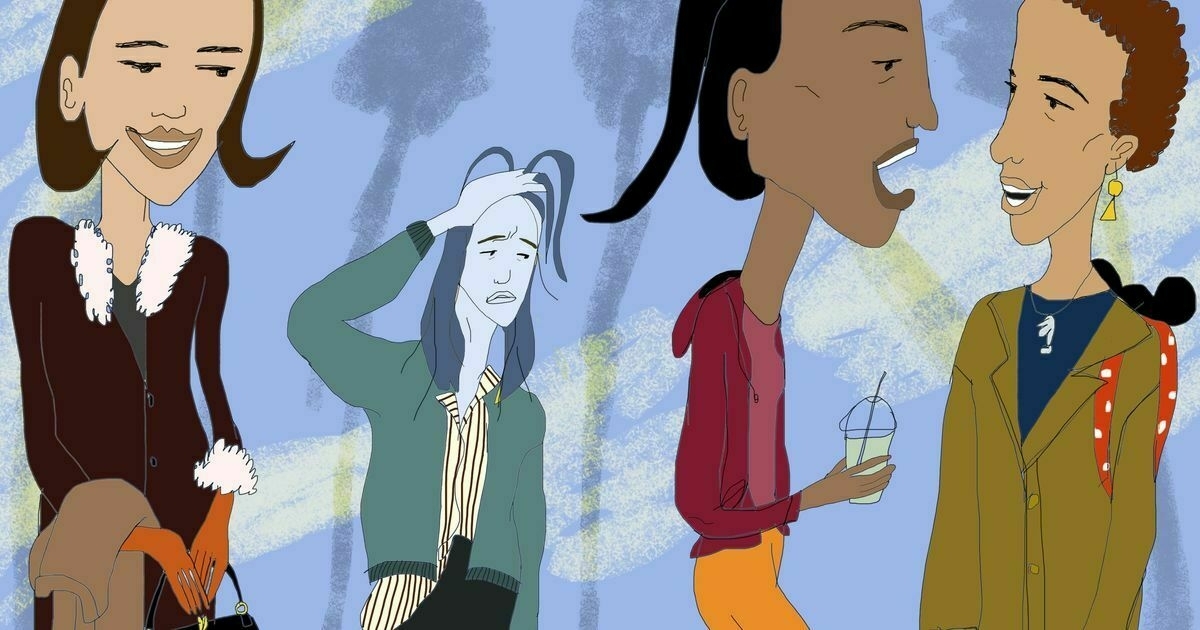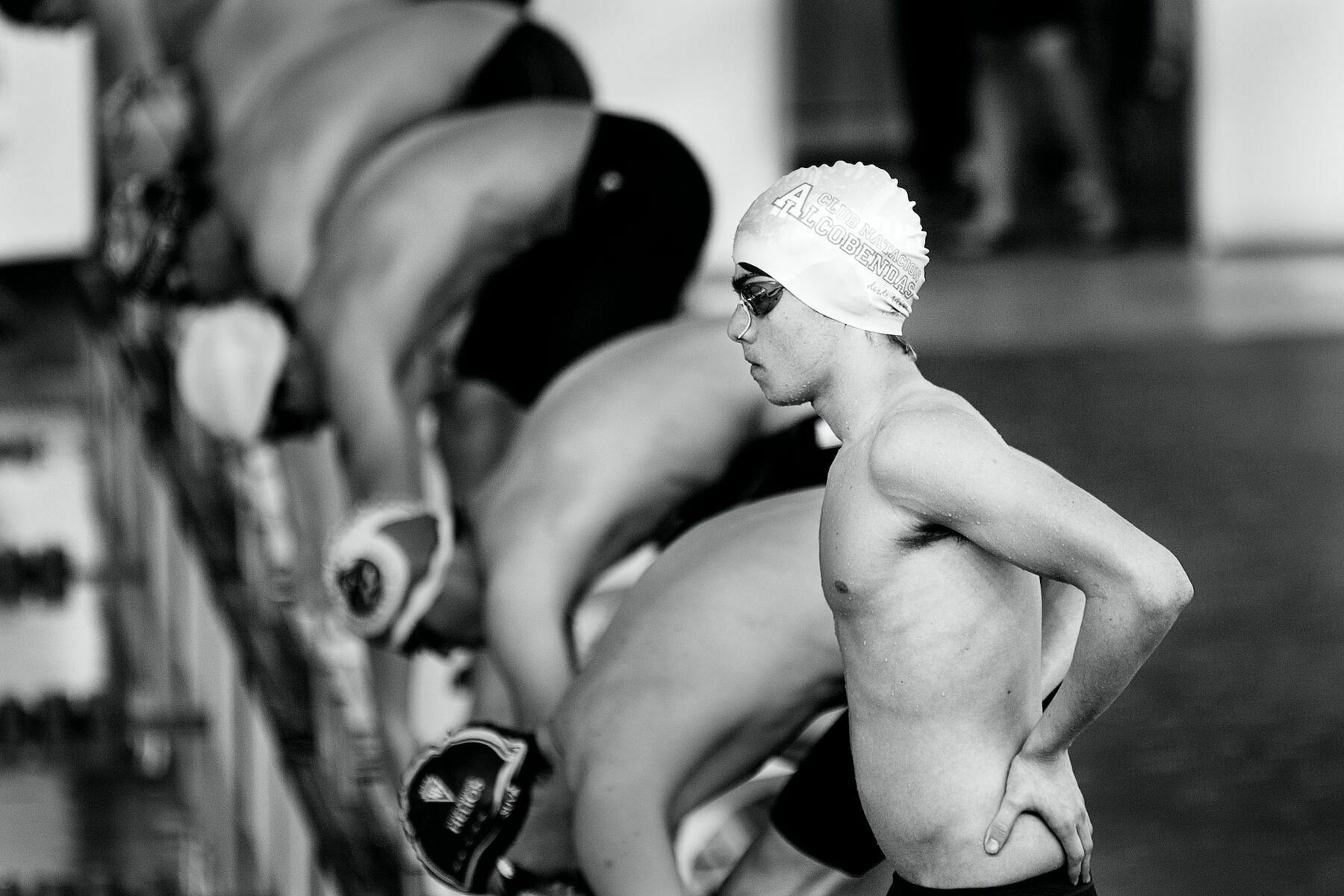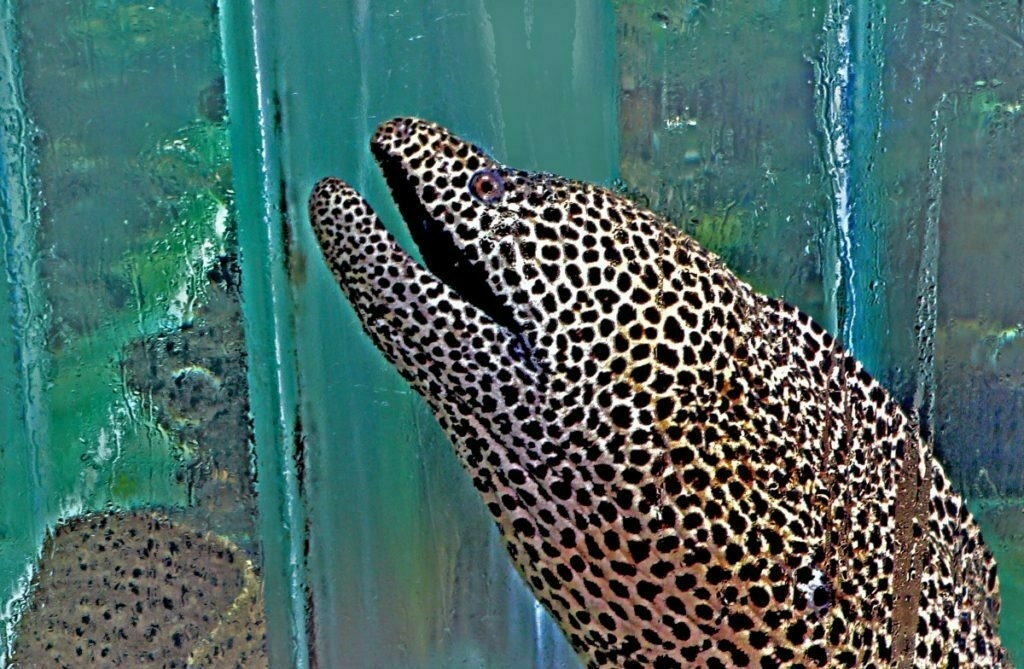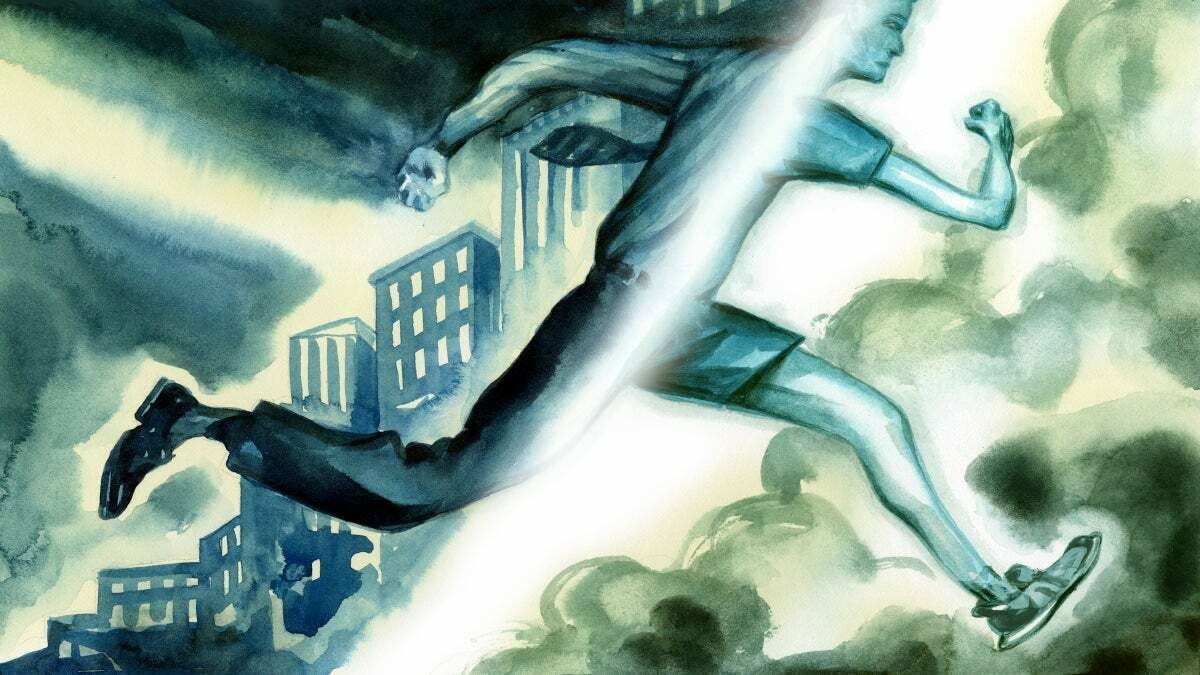Cosplaying adulthood
I discovered this article published at The Cut while browsing Hacker News. I was immediately drawn to it, because one of the main examples it uses is ‘cosplaying’ adulthood while at kids' sporting events.
There’s a few things to say about this, in my experience. The first is that status tends to be conferred by how good your kid is, no matter what your personality. Over and above that, personal traits — such as how funny you are — make a difference, as does how committed and logistically organised you are. And if you can’t manage that, you can always display appropriate wealth (sports kit, the car you drive). Crack all of this, and congrats! You’ve performed adulthood well.
I’m only being slightly facetious. The reason I can crack a wry smile is because it’s true, but also I don’t care that much because I’ve been through therapy. Knowing that it’s all a performance is very different to acting like any of it is important.

It’s impressive how much parents’ beliefs can seep in, especially the weird ones. As an adult, I’ve found myself often feeling out of place around my fellow parents, because parenthood, as it turns out, is a social environment where people usually want to model conventional behavior. While feeling like an interloper among the grown-ups might have felt hip and righteous in my dad’s day, it makes me feel like a tool. It does not make me feel like a “cool mom.” In the privacy of my own home, I’ve got plenty of competence, but once I’m around other parents — in particular, ones who have a take-charge attitude — I often feel as inept as a wayward teen.Source: Adulthood Is a Mirage | The CutThe places I most reliably feel this way include: my kids’ sporting events (the other parents all seem to know each other, and they have such good sideline setups, whereas I am always sitting cross-legged on the ground absentmindedly offering my children water out of an old Sodastream bottle and toting their gear in a filthy, too-small canvas tote), parent-teacher meetings, and picking up my kids from their friends’ suburban houses with finished basements.
I’ve always assumed this was a problem unique to people who came from unconventional families, who never learned the finer points of blending in. But I’m beginning to wonder if everyone feels this way and that “the straight world,” or adulthood, as we call it nowadays, is in fact a total mirage. If we’re all cosplaying adulthood, who and where are the real adults?
B Lane
There’s a lot going on in this short post. It reminded me of a saying of Steve Jobs: “A players attract A players. B players attract C players.”
Now there’s something in that, in terms of the mentality that people bring to working hard and playing hard. But this post is talking about the way that people treat other people.
I’ve definitely noticed in my life, from my own studies to my kids sports teams, the tyranny of the “not quite top-level” mindset. It’s almost like you have to get over yourself to get to the “top”. What that is and whether it’s worth pursuing is another question entirely.

I noticed that when I swam next to the B lane swimmers, they were not nearly as kind and friendly as the C lane swimmers had been when they were my next-lane neighbours. The A lane swimmers were extremely nice, and were generous with encouragement, praise and tips. This wasn’t a hard and fast rule, but I started to notice a pattern: A, C, and D lane swimmers tended to be nice, friendly, and helpful to pretty much everyone; B lane swimmers tended to be nice to A lane and other B lane swimmers but not so much to C and D.Source: The B Lane Swimmer | Holly WittemanWhen I stopped doing tris and moved back to field sports, I started to notice the same thing. The very top athletes were nice to everyone and so were the middle and bottom of the pack. The not quite top players, though, were less friendly. They played more political games, and acted out their threatened feelings of being not quite good enough by being snobbish to those below them. (In retrospect, I worry I did some of this, too, especially when I was playing on a top team but was not a top player. I definitely felt a need to prove myself.)
I have since noted the same phenomenon in nearly every domain, including academia. The truly great researchers are generous and friendly; so are many of the middle of the roaders. Those who have something to prove, though, and who feel like they aren’t quite managing to do it, show definite aspects of being B lane swimmers.
Image: Quino AI
Middle class pursuit of pain through endurance sports is a thing
Oh this is fascinating. Get to your forties and everyone seems to be interested in marathons, triathlons, and putting on lycra to go and cycle somewhere.
This article explains that this is a function not only of access to the required time and money, but is a deep-seated need for those who are doing well out of the capitalist system.
Participating in endurance sports requires two main things: lots of time and money. Time because training, traveling, racing, recovery, and the inevitable hours one spends tinkering with gear accumulate—training just one hour per day, for example, adds up to more than two full weeks over the course of a year. And money because, well, our sports are not cheap: According to the New York Times, the total cost of running a marathon—arguably the least gear-intensive and costly of all endurance sports—can easily be north of $1,600.Source: Why Do Rich People Love Endurance Sports? - Outside Online[…]
There are a handful of obvious reasons the vast majority of endurance athletes are employed, educated, and financially secure. As stated, the ability to train and compete demands that one has time, money, access to facilities, and a safe space to practice, says William Bridel, a professor at the University of Calgary who studies the sociocultural aspects of sport. “The cost of equipment, race entry fees, and travel to events works to exclude lower socioeconomic status individuals,” he says, adding that those in a higher socioeconomic bracket tend to have nine-to-five jobs that provide some freedom to, for example, train before or after work or even at at lunch. “Almost all of the non-elite Ironman athletes who I’ve interviewed for my research had what would be considered white-collar jobs and commented on the flexibility this provided,” says Bridel.
[…]
Even so, there are myriad ways for relatively comfortable middle-to-upper-class individuals to spend their time and money. What is it about the voluntary suffering of endurance sports that attracts them?
This is a question sociologists are just beginning to unpack. One hypothesis is that endurance sports offer something that most modern-day knowledge economy jobs do not: the chance to pursue a clear and measurable goal with a direct line back to the work they have put in. In his book Shop Class as Soulcraft: An Inquiry into the Value of Work, philosopher Matthew Crawford writes that “despite the proliferation of contrived metrics,” most knowledge economy jobs suffer from “a lack of objective standards.”
[…]
Another reason white-collar workers are flocking to endurance sports has to do with the sheer physicality involved. For a study published in the Journal of Consumer Research this past February, a group of international researchers set out to understand why people with desk jobs are attracted to grueling athletic events. They interviewed 26 Tough Mudder participants and read online forums dedicated to obstacle course racing. What emerged was a resounding theme: the pursuit of pain.
“By flooding the consciousness with gnawing unpleasantness, pain provides a temporary relief from the burdens of self-awareness,” write the researchers. “When leaving marks and wounds, pain helps consumers create the story of a fulfilled life. In a context of decreased physicality, [obstacle course races] play a major role in selling pain to the saturated selves of knowledge workers, who use pain as a way to simultaneously escape reflexivity and craft their life narrative.” The pursuit of pain has become so common among well-to-do endurance athletes that scientific articles have been written about what researchers are calling “white-collar rhabdomyolysis,” referring to a condition in which extreme exercise causes kidney damage.
Everything intercepts us from ourselves

🤝 Medieval English people used to pay their rent in eels
🤺 The Mad, Mad World of Niche Sports Among Ivy League–Obsessed Parents
📜 Archaeologists unearth 'huge number' of sealed Egyptian sarcophagi
🌉 3D model of how the Charles bridge in Prague was constructed
💪 Every Man Should Be Able to Save His Own Life: 5 Fitness Benchmarks a Man Must Master
Quotation by Ralph Waldo Emerson. Image from top-linked post.
Tedious sports
This made me smile:
You can divide most sports into those that take place in the real world (road cycling, sailing, cross country running) and those that are played on the artificial space of a court or pitch. Some (golf, croquet) occupy an uncertain middle ground, which may be one of the reasons they are so tedious to watch. Others (football, rugby) started as the former and, as they were codified, became the latter.
Jon Day, Better on TV (London Review of Books)
